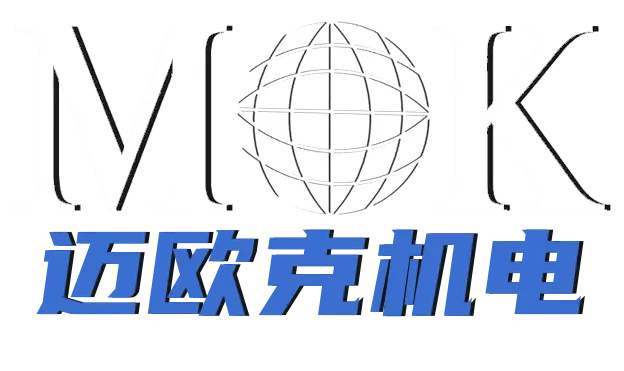The host part of a CNC machining center plays a crucial role in the overall performance of the machine. The CNC machining center bed, spindle box, table, base, column, beam, and feed mechanism provide the necessary mechanical support for the machining process. The CNC machining center bed is the base of the machine and provides a stable foundation for the other components. The spindle box holds the spindle and provides the necessary torque and speed to cut the workpiece. The table holds the workpiece and moves in multiple directions to allow for the machining process. The base, column, and beam provide the necessary rigidity to ensure accurate machining. The feed mechanism moves the table and cutting tool relative to each other with precision.
The tool magazine and tool change mechanism are also important parts of the host part. The tool magazine stores multiple tools, and the tool change mechanism allows for automatic tool changes during the machining process. This allows for increased efficiency and reduces the need for manual tool changes.
The control part of a CNC machining center is responsible for controlling the motion and operation of the machine. The hardware components include the CNC, PLC, output/input device, spindle drive device, and display device. The CNC is the brain of the machine and controls the movement of the table and cutting tool. The PLC controls the auxiliary systems such as gas, lubrication, and cooling. The output/input device allows the operator to input and receive information from the machine. The spindle drive device controls the speed and torque of the spindle. The display device provides real-time feedback on the machining process.
The software part of the control system includes the system program and control program. The system program provides the overall control of the machine, while the control program provides the specific commands for the machining process. With the development of machining center control systems, the degree of intelligence is getting higher and higher. For example, the FANUC 16 system can realize human-machine dialogue and online automatic programming. The system can detect deviations and automatically correct them to ensure successful machining at one time, reducing the likelihood of scrap.
In recent years, electric spindles have become a popular choice for CNC machining centers. An electric spindle integrates the machine tool spindle and motor into one, eliminating the need for traditional transmission methods like belts, gears, and couplings. Instead, electrodes drive the spindle directly, achieving zero transmission. High-speed electric spindles have also been developed, providing high-speed and high-precision machining capabilities.
In conclusion, the construction of a CNC machining center is a complex process that requires careful consideration of both mechanical and software components. The host part provides the necessary mechanical support for the machining process, while the control part controls the motion and operation of the machine. Factors such as the rigidity of the machine, the dynamic response of the servo system, and the thermal stability of the machine can affect its performance. By understanding the components and factors that affect the performance of a CNC machining center, manufacturers can make informed decisions about which machine is best suited for their needs.
Post time: May-12-2023




